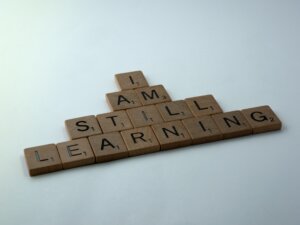We have to understand and cater to our worker’s needs now more than ever for a company to be successful. I’ve been mulling over this for some time–since I received the following comment:
In the past few years the training field perhaps more than any other has been undergoing tremendous transition and evolution–from a warm-and-fuzzy function housed in an office all the way down the hall to a strategically aligned business unit to…what? First lets review why training unequivocally has arrived as a profession…

I believe it was my job as a teacher of “fuzzy” subjects, as now, to take those “warm and fuzzy” subjects and demonstrate their relevance in the real world. When you’re a teenager, even a smart one, you still see the world in black and white. I probably won’t surprise you that I delighted in getting my college students to see the gray areas and venture out into the colorful creative world.
Funny thing. We admire those heroes who think outside the organization’s protocols; if what they do benefits us, we are happy.
These heroes do not see black and white, but many shades of gray or even color; in some cases, they see more of the real world we do not. I’d be willing to bet they are more than engineers, scientists, or business strategists; they are Renaissance men and women. They understand people and behavior, and they understand how they interact with one another.
Where did they get this wisdom? They may have learned the business and corporate side of an issue, but underneath it, all is communication, plain and simple, as well as philosophy and psychology, and the arts (how we humans behave in a variety of situations), which we know was here long before discussion of management as we know it today, and I might even be willing to bet some of the principles we so admire in that field may have come from philosophy.
As for problem-solving, decision-making, and leadership, you have to go back much further.

So, “training unequivocally has arrived as a profession,” not today, but long before there was even such a thing as business management. See my article “What Would A Caveman DO?” You may not like the idea that training may be “a strategically aligned business unit.” It doesn’t elevate the status of a “warm and fuzzy” to the cold, empirical world of business, does it? A hundred or so years ago, business could be just calculating and its only worries were profits and growth. Today the business world is different. It’s more sophisticated, more complex, and based more on human ingenuity–human engineering–many different people and their innovations. There’s also a “warm and fuzzy” unit called customer service. Our people who work for us have to be motivated to work, and people have to want to deal with us as a company. It’s not just about survival–at least not what we usually think of as survival.
As we became bigger than a series of teams and become individuals working alone or sporadically in different teams, we began to work on different projects with different people and stopped looking after one another. It became important to communicate well to make sure our orders were understood; it became important to have the entire company follow the boss’ vision.
We compartmentalized, and with compartmentalizing, we put functions in separate areas so we could concentrate people on what they did best. Sometimes the compartments become disconnected through no fault of their own because they appear not to have a valid function. I worked at Air Force Logistics Command (that’s what it was called then) and wrote feature articles for the command news service. We had so 90,000 people in the command with more than 7,000 in the headquarters building alone. You could argue the Pentagon had more “compartments,” but I doubt it. The easiest way to get a story was to walk into an office at random and ask what they did there. Compartmentalization had gone so far as to make them lonely for attention even though I’m sure they had important jobs.
Like public relations, you may not think you need them until there is a crisis. Training has the ability to be a part of the organization because it deals with keeping people proficient and happy in their jobs; it promotes the company’s future without depending on sales, bonuses, and profits.
If the term offends, don’t call it training. If it makes workers wary, call it something else. I’ve always liked “professional development” or even “personal development.” In the past, smart big companies someone or several people served those functions–maybe not in the same compartmentalized way as we do now, but they were aligned to business interests at the top.
My own definition of training is broad. Most activities I call training are as benign to you as reading an email, reading a magazine on a related subject, or listening intently at a staff meeting. These are all a part of continuous training. Our assessments tell the managers what is needed on the human resource side of things, our training plans tell us where we are going and how long it will take to get there, and if we have to hire more people.
Cathy Missildine-Martin, SPHR, of Intellectual Capital Consulting, has been a Human Resources specialist for more than 20 years. She knows how important it is for HR to be a part of the whole business picture–and that includes training. She is often asked by college students about why get into HR. I love her enthusiasm, and I think you’ll see some similarities in our answers:
- Our company led a strategic boot camp in Atlanta a few weeks ago. It was an all-day event spent working on linking organizational strategy to HR activities. It was awesome. I saw HR professionals from some of our biggest companies, from government and education and small business, roll up their sleeves and really get the “hard stuff.” The conversations were awesome and each person was truly speaking the language of their business.
- I see a lot of interest in metrics and analysis from HR professionals. As this work is my passion, I see the demand rising for this type of knowledge. Our C-Suite demands data and HR is gearing up to deliver. Brilliant!
- Gone are the days of just talking about being strategic business partners and table sitters. I am so glad as I was so tired of those conversations. I now hear conversations around real business topics like how to drive strategy and how to make sure the workforce is as productive as it can be. Love it!

“So my message is this…Go into HR but go in with a business perspective. Lead the change, and make a difference. People being productive at work is the end game and HR can impact whether that gets done….or not!”
I’m sure, depending on your business size, training, and development may not play a direct part all the time, but it certainly plays an important part. Remember, public relations and customer service? Someone has to consider issues other than business, but they are important issues that affect business, aren’t they?
Well, those are my thoughts on the subject. Applying what I know, coupled with some guesswork. We don’t have time for a history lesson, but if you have more information on the subject and care to share, please add your comments below. We can always learn from a good dialogue. If you want to know more about humble me and my thoughts on other subjects, besides training and development, check out my website. Thanks for taking the time to read this commentary and don’t hesitate to add your own.
—
For more resources about training, see the Training library.
For a look at the human side of training from my Cave Man perspective, please check out my book, The Cave Man Guide to Training and Development. Happy training.
 Sections of this topic
Sections of this topic















